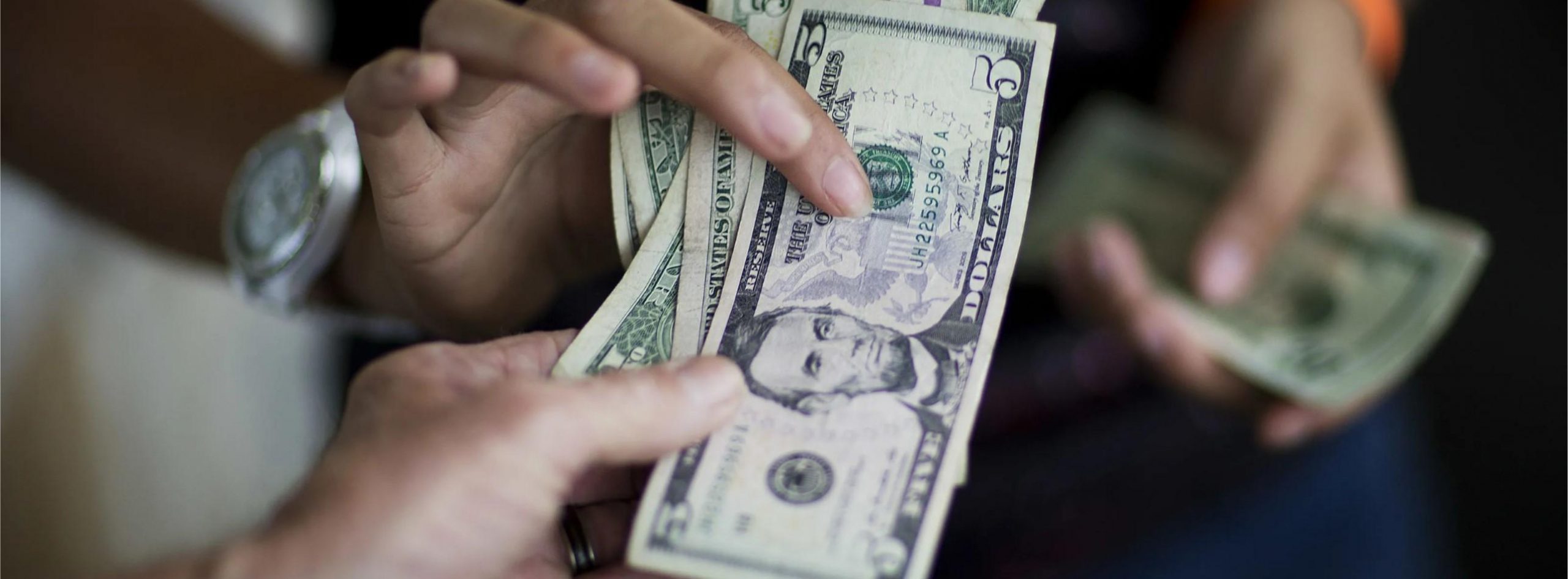In June, prices and U.S. consumer spending rose, indicating slower economic growth and inflation which could lead to the Federal Reserve, for the first time in decade, cutting interest rates. On Tuesday, the Commerce Department, stated that consumer spending which is a majority of economic activity in the United States, had gained a 0.3% increase in services offsetting the decline in motor vehicle purchases.
Consumer spending rose 0.5% from data in May. The second-quarter gross domestic report from last Friday, presented a 4.3% annualized rate in consumer spending increased, growing from 1.1% through the period of January to March. The GDP was impacted by weakened exports, inventory accumulation, and business investment which had been offset by robust consumer spending.
The economy grew by 3.1% in the first quarter which declined last quarter growing at 2.1%. Both food and energy prices fell while consumer prices increased by 0.1% in June. In May, the personal consumption expenditures (PCE) price index saw an increase of 0.1%. The PCE price index increased by 1.4%, over the last year into June.
The PCE price index heightened by 0.2%, increasing by three straight months in a row. In May, the PCE price index had an annual increase from 1.5% to 1.6%. The Fed uses the core of the PCE index to measure inflation which was lower than the 2% target this year by the U.S. central bank. On Tuesday, the Fed were initially going to have a two-day policy meeting regarding the slowing economic growth. The U.S. economy facing decreased global growth and trade tension, has been slowing due to fading stimulus of last year’s $1.5 trillion tax cut.
In June, consumer spending increased by 0.2% when adjusting for inflation. In May, there was an increase of 0.3% in real consumer spending. Spending on goods increased by 0.3% last month. Also, there was an increase in services by 0.3%. In June, consumer spending was supplemented by an increase of 0.4% in personal income. There was an increase in wages by 0.5%. There was an increase in savings from $1.31 trillion to $1.34 trillion since May.
